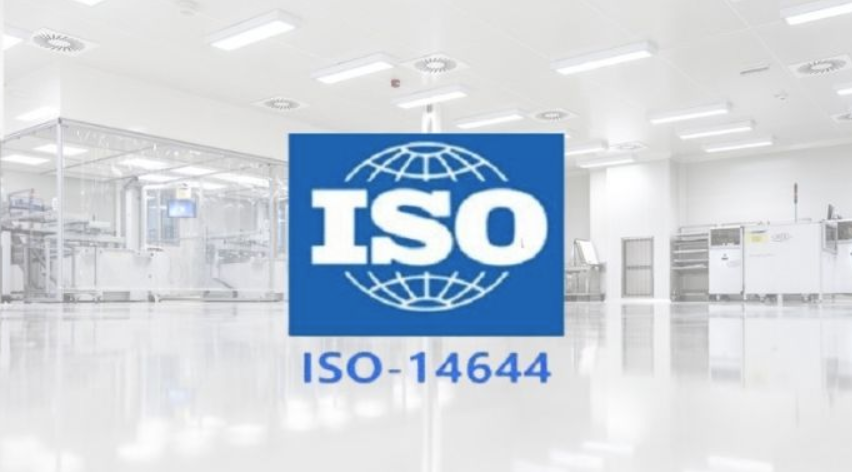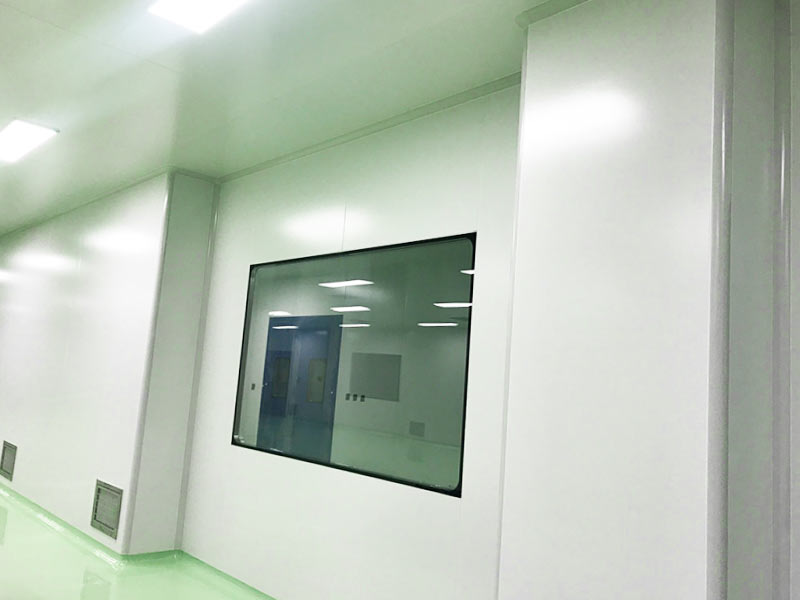What are GMP Standards for Clean rooms

Clean rooms are increasingly used in the food, pharmaceutical, and cosmetic industries, while playing an increasingly important role. In some industries, the requirements for clean rooms are getting higher and higher, and the commonly used standards for clean rooms are lSO and Federal standards.
Definition of GMP Standards
GMP (Good Manufacturing Practice) is a system of quality assurance standards designed to ensure that products are consistently produced and controlled according to strict quality standards appropriate for their intended use and as required by regulatory agencies.
GMP Classification Levels
The classification levels of GMP (Good Manufacturing Practice) are mainly based on international standards and regulations, such as ISO14644 and EU GMP Annex 1. These classifications are particularly important in the production of pharmaceuticals and biological products that require strict cleanliness. The following are the main GMP cleanliness levels:
The cleanliness levels of GMP are determined based on the cleanliness requirements of the product and the production environment, especially in the manufacturing process of pharmaceuticals and biological products. These classifications follow international standards and regulations, such as IS014644 and EU GMP Annex 1.
Core GMP Standards
ISO 14644 Series: The international foundation for cleanroom classification and monitoring:
ISO 14644-1: Classifies cleanrooms by airborne particle concentration (e.g., ISO 5, ISO 7, ISO 8).
ISO 14644-2: Specifies monitoring requirements for ongoing compliance.
ISO 14644-3: Outlines test methods for performance.
Regional GMPs: Add product/process-specific requirements:
EU GMP Annex 1: “Manufacture of Sterile Medicinal Products” (critical for sterile manufacturing).
FDA CFR 21 Part 210/211: Current Good Manufacturing Practice for pharmaceuticals.
PIC/S Guidelines: Internationally harmonized GMP standards.
WHO GMP: Relevant for global health products.
Clean rooms Classification
GMP clean rooms are classified based on the maximum allowable particles per cubic meter at rest and in operation (ISO 14644-1). Common classes:
ISO 1: The highest level of cleanliness, with no more than 10 particles of 0.1 microns per cubic meter of air.
ISO 2: No more than 100 particles of 0.1 microns per cubic meter of air.
ISO 3: No more than 1,000 particles of 0.1 microns per cubic meter of air.
ISO 4: No more than 10,000 particles of 0.1 microns per cubic meter of air.
ISO 5: No more than 100,000 particles of 0.1 microns per cubic meter of air.
ISO 6: No more than 1,000,000 particles of 0.1 microns per cubic meter of air.
ISO 7: No more than 10,000,000 particles of 0.1 microns per cubic meter of air.
ISO 8: No more than 100,000,000 particles of 0.1 microns per cubic meter of air.
ISO 9: The lowest level of cleanliness, equivalent to ordinary indoor air.

GMP Standards Requirements
Clean rooms play a crucial role in the production process, especially in specialized industries such as pharmaceuticals, food, and cosmetics. To ensure product quality and safety, cleanrooms must adhere to strict GMP requirements.
Clean room panels and Surface Treatment
Indoor clean room wall panels, floors and clean room ceilings should be made of materials that meet relevant GMP requirements, smooth, seamless and easy to clean. In addition, these clean room panels surfaces should have antibacterial and corrosion-resistant properties to withstand regular cleaning and disinfection.
HVAC and Air Purification Systems
Air Filtration: HEPA (ISO 5-7) or ULPA (ISO 3-5) filters to remove particles.
Air flower: Unidirectional airflow (laminar) in Grade A zones; turbulent in lower grades.
Air Changes: Higher rates (e.g., 60-90+ per hour in ISO 5) to dilute contamination.
Pressure Cascades: Maintain positive pressure (higher to lower cleanliness zones) to prevent ingress of contaminants.
Temperature & Humidity: Tightly controlled for product stability and operator comfort.
Personnel Management
In GMP requirements, personnel management is particularly important because people are always executors.
All personnel entering the clean rooms must be trained to understand the operating procedures and hygiene requirements. Regular assessment and retraining should be conducted to ensure that employees maintain good operating skills and hygiene awareness.
A designated changing area should be set up outside the clean rooms for personnel to change into cleanroom clothing, shoe covers, gloves, masks and other protective equipment. Strict cleanroom entry procedures should be implemented to prevent contaminants from entering.
Employees must follow personal hygiene regulations, such as washing hands frequently and keeping their nails clean. Regular health checks should be conducted to ensure that employees do not have infectious diseases or skin diseases that may contaminate the clean rooms.
Conclusion
GMP standards for clean rooms play a crucial role across various industries, particularly in pharmaceutical manufacturing. The implementation of these standards ensures the quality, safety, and efficacy of the production process, ultimately protecting the health and interests of consumers.
